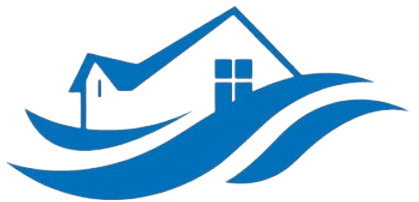Wet Insulation Removal Services in Lake Morton Historic District, Florida
Possible Causes of Wet Insulation
Water intrusion is a common issue that leads to wet insulation in homes and businesses within Lake Morton Historic District. Leaking pipes, appliance failures, or roof leaks can allow water to seep into walls, ceilings, and floors, rapidly saturating the insulation. Extensive plumbing issues or weather-related flooding can also be primary culprits behind moisture buildup.
Another frequent cause involves improper ventilation or humidity control. When moisture becomes trapped inside wall cavities or attic spaces, it can cause insulation to stay damp for extended periods. Over time, this persistent moisture can lead to mold growth, deterioration of building materials, and compromised indoor air quality.
How Can We Fix That
Our team begins by thoroughly assessing the impacted areas to identify the source of water intrusion and the extent of saturation. We utilize advanced moisture detection tools to pinpoint concealed dampness within insulation and building structures. Once the affected insulation is confirmed, we develop a tailored plan for removal and replacement.
We specialize in efficiently removing wet or moldy insulation without causing further damage to your property. Our experts use specialized equipment to carefully extract contaminated materials, ensuring the safety of your home and occupants. After removal, we dry the surrounding areas with industrial-grade dehumidifiers and industrial fans to prevent mold growth and further moisture-related issues.
Post-removal, we offer comprehensive cleaning and disinfection to eliminate any mold spores or bacteria that might have developed. We also recommend and discuss with you the best options for installing new, more moisture-resistant insulation to improve energy efficiency and prevent future water damage concerns.
Why Are We the Best in Lake Morton Historic District?
Our experts have extensive experience in water damage restoration, specifically in wet insulation removal. We understand the unique construction styles and historic architecture prevalent in the Lake Morton area, allowing us to work efficiently while preserving the integrity of your property.
We prioritize customer safety and satisfaction by using eco-friendly and non-toxic remediation methods. Our team is committed to providing prompt, reliable service to minimize disruption to your daily routine while ensuring a thorough cleanup process.
With advanced moisture detection technology and proven restoration techniques, we ensure your property is restored to its pre-damage condition. Our local team is available 24/7 for emergency responses, helping you get back to normal as quickly as possible. Call us today at (888) 884-7150 for immediate assistance.
Frequently Asked Questions
How do I know if my insulation is wet?
Signs of wet insulation include visible water stains, mold growth, a damp or musty smell, and increased humidity levels in your home. If you notice these symptoms, it’s essential to have a professional assessment to prevent further damage.
Can wet insulation be salvaged?
In some cases, minor dampness can be dried and salvaged if addressed promptly. However, heavily saturated or mold-contaminated insulation typically needs removal and replacement to ensure safety and effectiveness. Our team can determine the best course of action after an inspection.
How long does the wet insulation removal process take?
The duration varies depending on the extent of saturation and the size of the affected area. Usually, the removal process can be completed within a few hours, with drying and remediation continuing afterward. We strive to complete all work efficiently while maintaining high standards.
Will removing the insulation affect my energy bills?
Yes, wet or damaged insulation can decrease your home’s energy efficiency. Replacing damp insulation with properly installed, moisture-resistant materials can actually help lower your energy costs in the long run.
Is waterproof insulation an option?
Yes, we offer high-quality, moisture-resistant insulation options that are better suited for areas prone to water exposure. Upgrading to these materials can provide added protection against future water damage and improve overall comfort.
